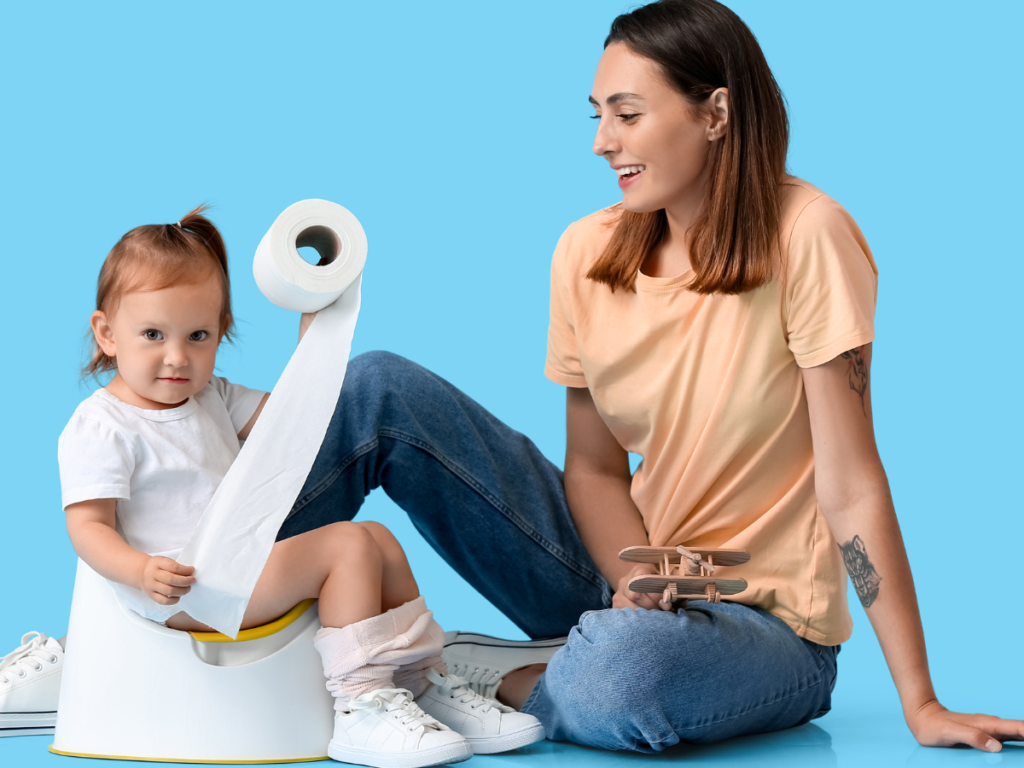Potty Training Girls: Best Tips And Practices From Around The World
This post may contain affiliate links.

Potty training your little girl?
Congratulations, you’re on your way to a world of less mess and fewer diaper changes!
While I can’t promise a completely smooth ride, I’ve got some tips and tricks to help make the process as easy and enjoyable as possible for both you and your little lady.
Here are 6 of the best tips to help with potty training your little girl, incorporating advice from various cultures.
1.) Watch for signs of readiness
The best time to start potty training your daughter is when she shows signs of readiness.
- Being able to communicate her needs
- Showing interest in using the potty
- Keeping her diaper dry for longer periods of time
Usually, this happens around the age of 2-3 years old, but every child is different.
2.) Make it a positive experience
Potty training can be stressful for both parents and their daughters, but it’s important to make it a positive experience.
Encourage your daughter, praise her efforts and offer rewards for successful potty use.
In Sweden, parents often use hugs and praise as positive reinforcement, rather than tangible rewards.
Avoid using punishment or shaming tactics, as that can lead to negative associations with the potty.
3.) Use consistent language
Consistent language helps your daughter understand what you’re talking about and reinforces the importance of using the potty.
In Kenya, many families use a specific sounds or words to signal to their babies that it’s time to go, which helps create consistency and routine.
Use bathroom-related terms, like “pee,” “poop,” and “potty” often.
4.) Create a routine
Establishing a routine for bathroom breaks can help your baby girl learn when to expect to use the potty and make it easier to stay on track with the training process.
Try regularly taking your daughter to the potty after meals and before bedtime.
In Italy, parents often use songs, rhymes and games to make the process fun and engaging, which can help create a routine and make it less intimidating.
5.) Dress for success
Dress your daughter in clothing that’s easy to remove.
Pants with an elastic waistband or dresses are always good options.
This makes it easier for her to use the potty independently. Which is the ultimate goal.
6.) Be patient
Potty training can take time and accidents are a normal part of the process.
It’s important to celebrate small successes along the way and to remain patient and supportive throughout.
I hope these tips help!
Remember, every child is different, so what works for one may not work for another. Trust your instincts as a parent and adjust your approach as needed to best support your daughter’s potty training journey.
Here are a few more tips that people in China suggest.
7.) Start early
In China, many parents begin potty training as early as six months old. (Crazy, right?)
It’s a traditional approach called “elimination communication.” This potty training method involves watching for cues and patterns to anticipate when your baby needs to use the bathroom and holding them over a potty or toilet to encourage them to let it all out.
Infants give a variety of cues to communicate that they need to use the bathroom:
- Squirming or fidgeting
- Grunting or making straining noises
- Making a face or grimacing
- Suddenly stopping an activity
- Becoming quiet or still
- Arching their back
- Clenching their fists or legs
- Making eye contact or looking away
- Crying or fussing
It’s important to note that not all babies give the same cues and might even have their own unique way of communicating their needs.
It’s also helpful to pay attention to your little one’s regular bathroom habits, like how often she typically goes and at what times of day, to get ready for when she might need to use the bathroom.
8.) Use split pants
Split pants, also known as open crotch pants or “kaidangku,” are pants with an open crotch that allow children to use the bathroom easily.
They’re commonly used in China during potty training to promote independence and allow children to feel more comfortable using the potty.
9.) Encourage group learning
In some areas of China, potty training is a community effort, with several families and children learning together.
This can create a supportive environment and help children learn by watching their peers.
10.) Reinforce with rewards
In China, parents often use rewards like stickers or small toys to encourage their children to use the potty successfully.
This positive reinforcement can help motivate children and make potty training a more positive experience.
Remember, every child is different, and there is no one-size-fits-all approach to potty training.
The key is to find an approach that works for your child and your family’s needs and to be patient and supportive throughout the process.
Incorporating tips and advice from various cultures can help you find an approach that works for your family’s needs.
Stay positive, be patient and trust your instincts as a parent. Before you know it, your little girl will be a pro at using the potty!
If you found these tips helpful, please share this post with other parents who may be going through the potty training process and leave a comment below with your own tips or experiences. Good luck on your potty training journey!